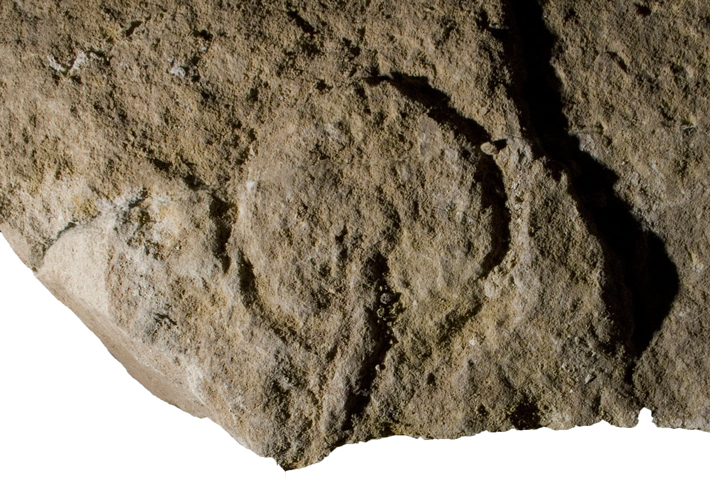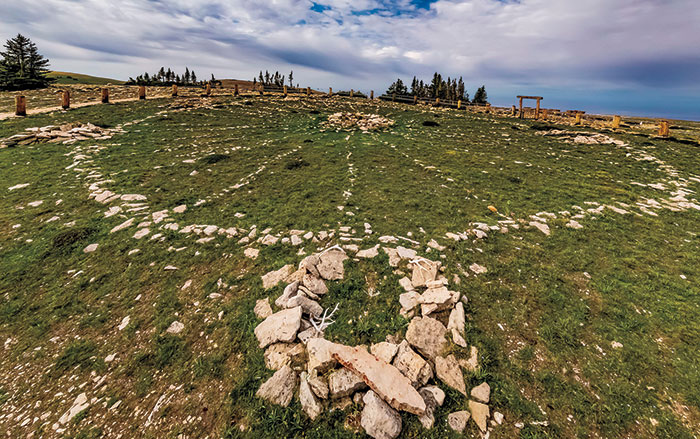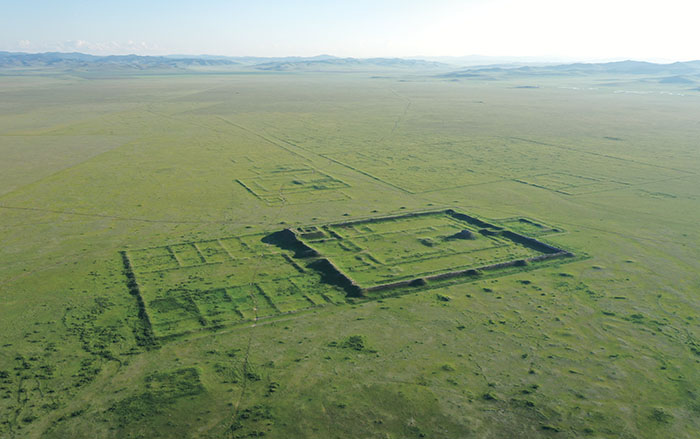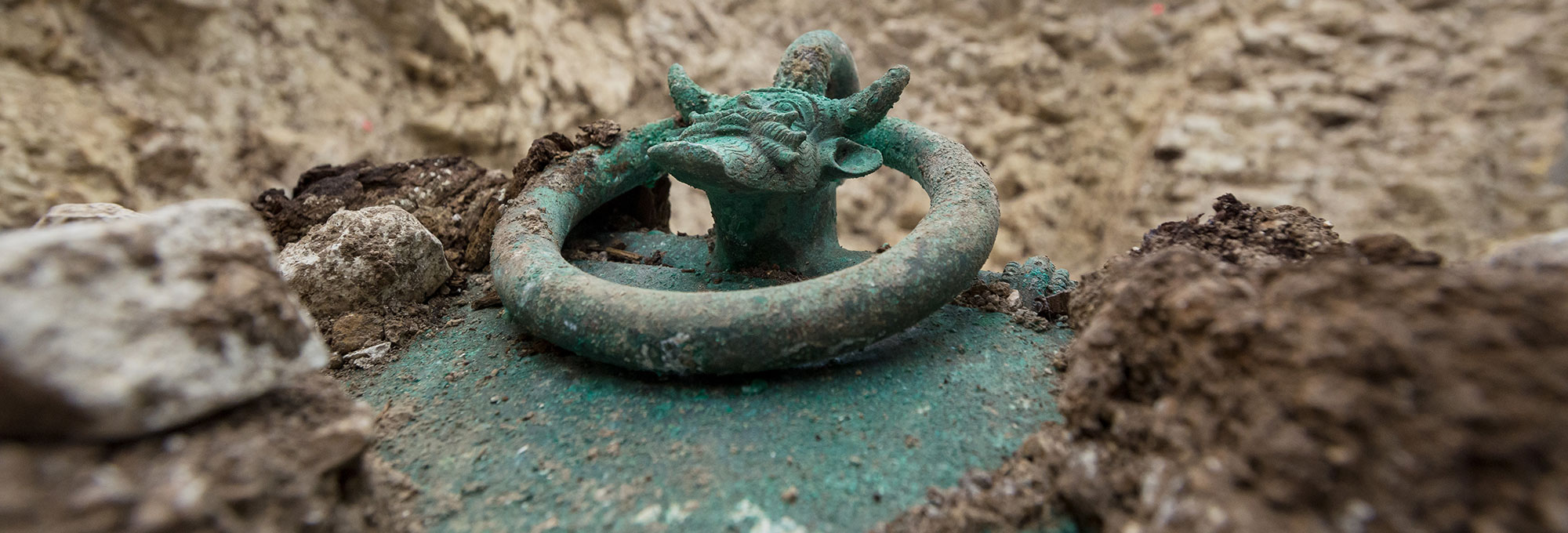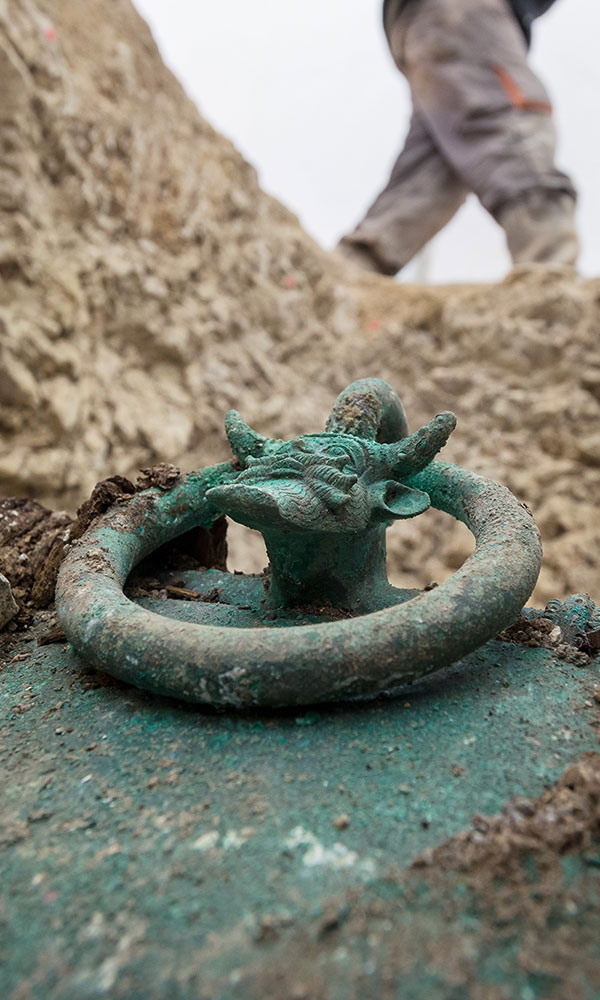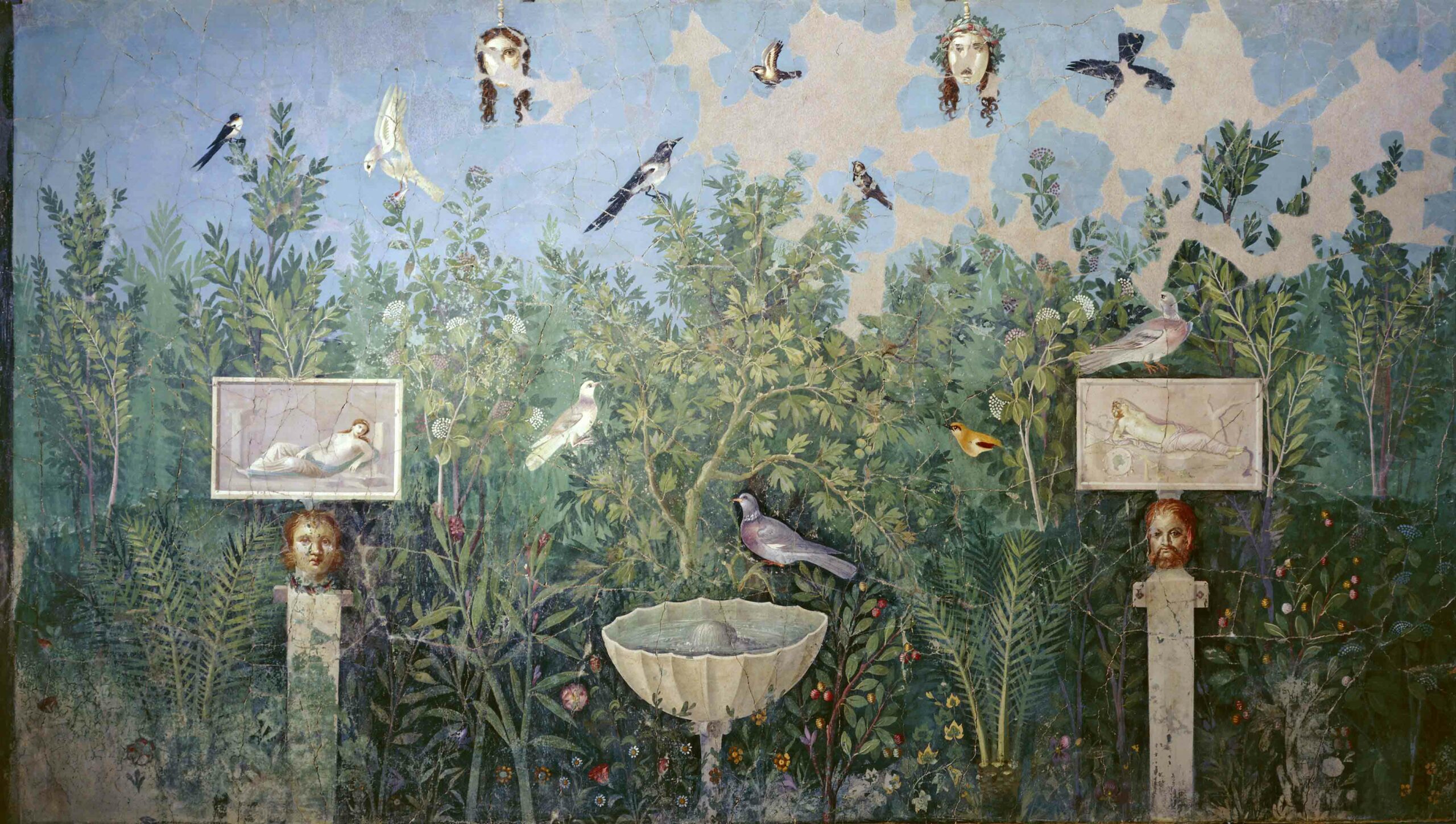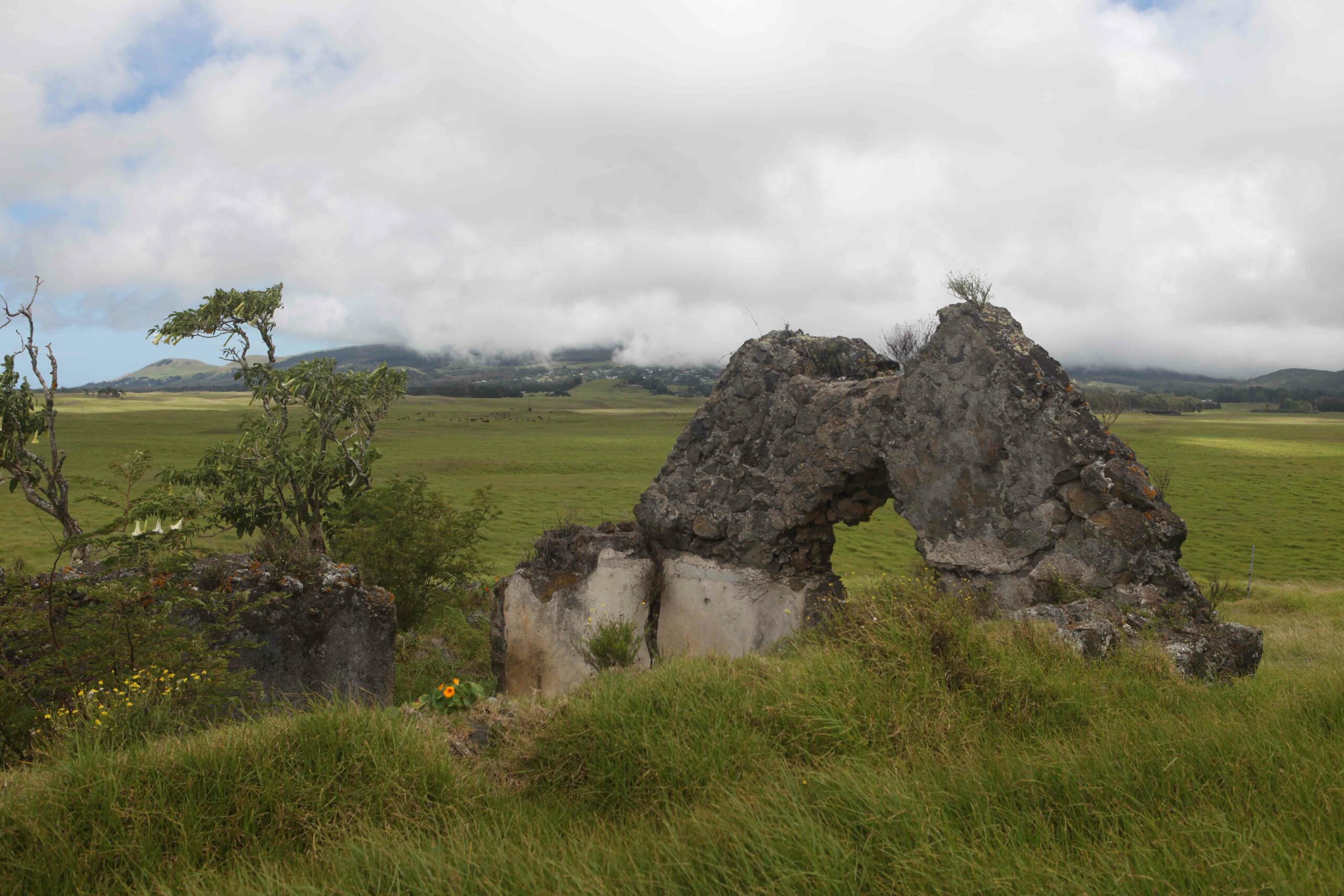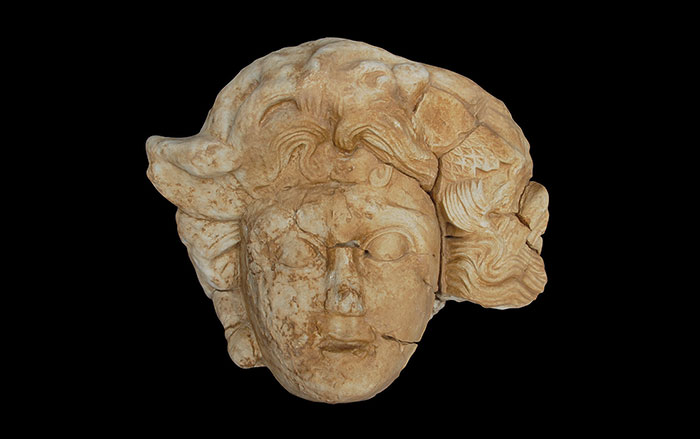
CAMBRIDGE, ENGLAND—According to archaeologist Emmanuelle Honoré of the McDonald Institute for Archaeological Research and the Centre National de la Recherché Scientifique, mysterious prints at the remote rock art site of Wadi Sura II in Egypt’s Western Desert were not made by tiny infants or even other primates. “After many discussions with my colleagues of the Museum National d’Histoire Naturelle in Paris, especially Professor Brigitte Senut, a great primatologist and palaeoanthropologist, we decided to investigate the reptile hypothesis,” Honoré told News.com.au. She found that the proportions of the prints were more closely aligned with the legs of desert monitor lizards, or even young crocodiles. “We are not sure if we will get a definitive answer, but our first results are also very convincing,” she explained. Researchers think that the paintings at Wadi Sura II date back at least 6,000 years. Discovered in 2002, they depict animals, people, and headless creatures. For more on cave painting, go to "The First Artists."



